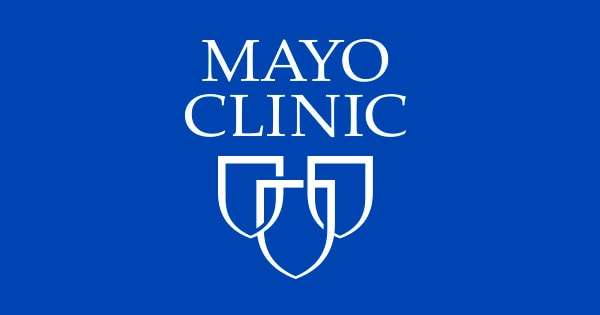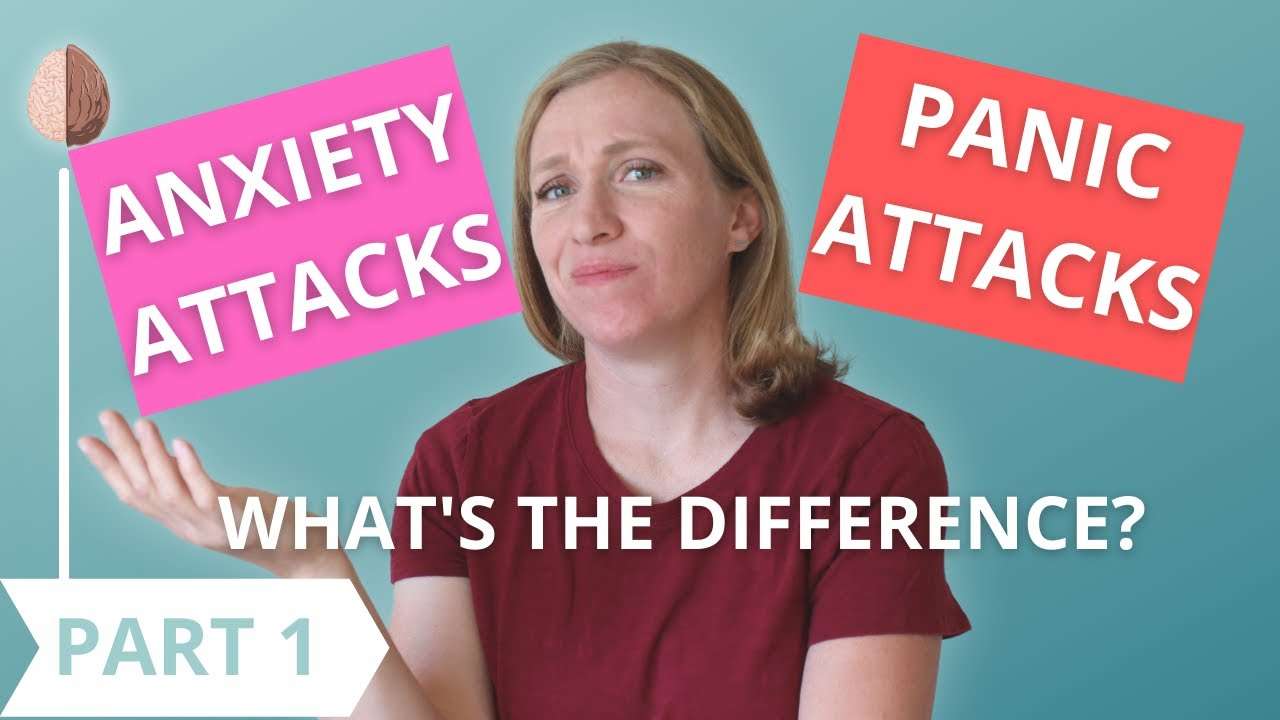Massage: Get in touch with its many benefits
Massage can be a powerful tool to help you take charge of your health and well-being. See if it’s right for you.
By Mayo Clinic Staff
Massage used to be available only through luxury spas and upscale health clubs. Today, massage therapy is offered in businesses, clinics, hospitals and even airports. If you’ve never tried massage, learn about its possible health benefits and what to expect during a massage therapy session.
What is massage?
Massage is a general term for pressing, rubbing and manipulating your skin, muscles, tendons and ligaments. Massage may range from light stroking to deep pressure. There are many different types of massage, including these common types:
- Swedish massage. This is a gentle form of massage that uses long strokes, kneading, deep circular movements, vibration and tapping. It helps you feel relaxed and energized.
- Deep massage. This massage technique uses slower, more-forceful strokes to target the deeper layers of muscle and connective tissue. It’s commonly used to help with muscle damage from injuries.
- Sports massage. This is similar to Swedish massage, but it’s geared toward people involved in sport activities to help prevent or treat injuries.
- Trigger point massage. This massage focuses on areas of tight muscle fibers that can form in your muscles after injuries or overuse.
Benefits of massage
Massage is generally considered part of integrative medicine. It’s increasingly being offered along with standard treatment for a wide range of medical conditions and situations.
Massage benefits can include:
- Reducing stress and increasing relaxation
- Reducing pain and muscle soreness and tension
- Improving circulation, energy and alertness
- Lowering heart rate and blood pressure
- Improving immune function
While more research is needed to confirm the benefits of massage, some studies have found massage may also be helpful for:
- Anxiety
- Digestive disorders
- Fibromyalgia
- Headaches
- Insomnia related to stress
- Low back pain
- Myofascial pain syndrome
- Nerve pain
- Soft tissue strains or injuries
- Sports injuries
- Temporomandibular joint pain
- Upper back and neck pain
Beyond the benefits for specific conditions or diseases, some people enjoy massage because it often produces feelings of caring, comfort and connection.
Despite its benefits, massage isn’t meant as a replacement for regular medical care. Let your doctor know you’re trying massage and be sure to follow any standard treatment plans you have.
Risks of massage
Most people can benefit from massage. However, massage may not be appropriate if you have:
- Bleeding disorders or take blood-thinning medication
- Burns or healing wounds
- Deep vein thrombosis
- Infections
- Broken bones (fractures)
- Severe osteoporosis
- A very low platelet count (severe thrombocytopenia)
Discuss the pros and cons of massage with your doctor, especially if you are pregnant or if you have cancer or unexplained pain.
Some forms of massage can leave you feeling a bit sore the next day. But massage shouldn’t ordinarily be painful or uncomfortable. If any part of your massage doesn’t feel right or is painful, speak up right away. Most serious problems come from too much pressure during massage.
What you can expect during a massage
You don’t need any special preparation for massage. Before a massage therapy session starts, your massage therapist should ask you about any symptoms, your medical history and what you’re hoping to get out of massage. Your massage therapist should explain the kind of massage and techniques he or she will use.
In a typical massage therapy session, you undress or wear loose-fitting clothing. Undress only to the point that you’re comfortable. You generally lie on a table and cover yourself with a sheet. Your massage therapist will leave the room when you undress before the massage and when you dress after it. You can also have a massage while sitting in a chair, fully clothed. Your massage therapist should perform an evaluation through touch to locate painful or tense areas and to determine how much pressure to apply.
Depending on preference, your massage therapist may use oil or lotion to reduce friction on your skin. Tell your massage therapist if you might be allergic to any ingredients.
A massage session may last from 10 to 90 minutes, depending on the type of massage and how much time you have. No matter what kind of massage you choose, you should feel calm and relaxed during and after your massage. Breathe normally throughout your massage.
Your massage therapist may play music during your massage or talk to you, but you can tell him or her if you prefer quiet.
If a massage therapist is pushing too hard, ask for lighter pressure. Occasionally you may have a sensitive spot in a muscle that feels like a knot. It’s likely to be uncomfortable while your massage therapist works it out. But if it becomes painful, speak up.
Finding a massage therapist
Ask your doctor or someone else you trust for a recommendation. Most states regulate massage therapists through licensing, registration or certification requirements.
Don’t be afraid to ask a potential massage therapist such questions as:
- Are you licensed, certified or registered?
- What is your training and experience?
- How many massage therapy sessions do you think I’ll need?
- What’s the cost, and is it covered by health insurance?
The take-home message about massage
Brush aside any thoughts that massage is only a feel-good way to indulge or pamper yourself. To the contrary, massage can be a powerful tool to help you take charge of your health and well-being, whether you have a specific health condition or are just looking for another stress reliever. You can even learn how to do self-massage or how to engage in massage with a partner at home.
There is a problem with information submitted for this request. Review/update the information highlighted below and resubmit the form.
From Mayo Clinic to your inbox
Sign up for free, and stay up to date on research advancements, health tips and current health topics, like COVID-19, plus expertise on managing health.
ErrorEmail field is required
ErrorInclude a valid email address
To provide you with the most relevant and helpful information, and understand which information is beneficial, we may combine your email and website usage information with other information we have about you. If you are a Mayo Clinic patient, this could include protected health information. If we combine this information with your protected health information, we will treat all of that information as protected health information and will only use or disclose that information as set forth in our notice of privacy practices. You may opt-out of email communications at any time by clicking on the unsubscribe link in the e-mail.
Thank you for subscribing!
You’ll soon start receiving the latest Mayo Clinic health information you requested in your inbox.
Sorry something went wrong with your subscription
Please, try again in a couple of minutes
- Massage therapy: What you need to know. National Center for Complementary and Integrative Health. https://www.nccih.nih.gov/health/massage-therapy-what-you-need-to-know. Accessed Dec. 18, 2020.
- AskMayoExpert. Massage therapy. Mayo Clinic; 2019.
- What to expect at your massage session. American Massage Therapy Association. https://www.amtamassage.org/find-massage-therapist/what-to-expect-at-massage-session/. Accessed Dec. 18, 2020.
- 6 things to know when selecting a complementary health practitioner. National Center for Complementary and Integrative Health. https://www.nccih.nih.gov/health/tips/things-to-know-when-selecting-a-complementary-health-practitioner. Accessed Dec. 18, 2020.
- Goldman L, et al., eds. Complementary, alternative, and integrative medicine. In: Goldman-Cecil Medicine. 26th ed. Elsevier; 2020. https://www.clinicalkey.com. Accessed Dec. 18, 2020.
- Benzon HT, et al, eds. Physical medicine techniques in pain management. In: Practical Management of Pain. 5th ed. Mosby Elsevier; 2014. https://www.clinicalkey.com. Accessed Dec. 18, 2020.
See more In-depth
WELCOME
If you’re looking for high-quality, caring, personalized service, you’ve come to the right place.
We offer the best in natural healthcare – Acupuncture, Massage Therapy, TaiChi Easy Classes, Health and Wellness Education, as well as pure Essential Oils and body care products.
Our rates are competitive, with no hidden fees. Some insurance companies cover Acupuncture and/or Massage Therapy – especially worker’s compensation and auto liability – check with your insurance to see if your services may be covered. Both Acupuncture and Massage are eligible expenses under flexible benefit and health savings accounts. Our professionals are friendly and will be there to help you every step of the way.
For Your Health has been located in Chippewa Falls since 2008, and our new expanded location in downtown Chippewa Falls (133 W Central St.) opened in October 2015.
Therapeutic Massage 4 a Healthier Life
Massage is one of the oldest yet most effective ways to relieve stress, revitalize tired muscles, and head-off many potential health problems. 4 Your Health Massage Center offers a variety of massage therapies including Swedish, Deep Tissue, and Shiatsu. Busy executives can take advantage of our On-site chair massages to stay at the top of their game.
Health-conscience people make therapeutic massage an integral part of their life styles because of its many health benefits. In addition to enhancing general health, relieving stress, and preventing illness, studies suggest that therapeutic massage also helps ease a variety of diseases and conditions. What is more important than your health? Make therapeutic massage a part of your life style and enjoy a healthier life!

Share on Pinterest
Maskot/Getty Images
Prostate massage therapy
Prostate massage therapy is the practice of massaging the male prostate either for medical or therapeutic reasons. The use of prostate massage therapy is anecdotally supported for a range of conditions. These conditions include erectile dysfunction and chronic prostatitis.
What are the benefits of prostate massage therapy?
Prostatic massage is thought to help clear the prostatic duct. This duct, or pipeline, runs between your prostate and the rest of your reproductive and urinary system. Massaging may produce a spontaneous secretion of fluid. This secretion may help clear this duct of any fluids. This could help eliminate any symptoms you’re experiencing.
Medical research findings don’t widely support the use of prostate massage. Most reports of prostate massage’s benefits are anecdotal or result from small case studies. Most of these reports need greater examination before they can be used as standard medical advice.
Benefits
- This therapy may clear your prostatic duct.
- Clearing excess fluid may reduce or relieve your symptoms.
What conditions can prostate massage therapy help?
Most studies that have looked at the use of prostate massage have been very small and not decisive. For that reason, some doctors may not support the use of prostate massage.
However, certain groups of men may benefit from prostate massage. Men with the following conditions may find symptomatic relief when they use prostate massage:
Painful ejaculation
Massage therapy may ease fluid blockages in your reproductive system. These kinks may cause you to experience discomfort or pain while ejaculating. Massage might eliminate them.
Erectile dysfunction
Before today’s more modern treatment options, men used massage therapy and prostate stimulation to treat erectile dysfunction (ED). Some men still use it today along with other ED treatments or alone. More mainstream ED treatments include medications, pumps, and implants.
Urine flow
The prostate surrounds your urethra. As swelling and inflammation in the prostate increase, the prostate may begin to interfere with or even cut off your flow of urine. If prostate massage therapy helps eliminate some of that swelling, your urine flow may improve.
Prostatitis
Before antibiotics and more specialized treatments were available, massage therapy was the primary treatment for prostatitis. Now that doctors understand a bit more about the multitude of disorders that make up the prostatitis diagnosis, treatments have become more specialized.
Check out: Prostate procrastination: 6 foods to eat today »
Are there risks associated with prostate massage?
Risks
- Massaging the prostate too vigorously may increase your symptoms.
- You shouldn’t use electronic prostate massagers without formal training.
The medical community doesn’t widely support prostate massage. It hasn’t been shown to be more helpful than typical treatments. However, men many find relief when they use this treatment option either alone or with another treatment option. Commonly, men may use both massage therapy and antibiotics.
People who perform prostate massage therapy without any formal training can do serious harm to your reproductive system. Massaging the prostate too vigorously or with too much pressure could increase your symptoms or cause new issues.
You shouldn’t use an electronic prostate massager without training and instruction from a medical professional. Several electronic massagers are available for purchase today. Many of them are marketed as sex toys. This is because stimulation of the prostate can be pleasurable to some men.
How to prepare for a prostate massage
Because this practice isn’t widely supported in the medical community, finding a qualified prostate massage therapist may be difficult. Ask your doctor for a list of recommendations.
You can also call your local hospital’s outreach office. Many of these offices keep information on certified medical practitioners in the area. They may be able to provide you with a list of names.
Most health insurance companies won’t cover the cost of going to a prostate massage therapist. However, if your doctor performs the massage during an office visit, your medical insurance may cover the cost of the service.
What to expect during a prostate massage
A prostate massage is a lot like a digital rectal exam (DRE). Urologists routinely use DREs to check the prostate for lumps, changes, or other signs of possible cancer. Your doctor may perform a DRE to obtain an expressed prostatic secretion that can be further examined for signs of prostatitis, infection, or other disorders.
During a prostate massage, the person performing the massage will insert a gloved, lubricated finger into your rectum. They’ll gently press on, or massage, the prostate for several minutes. If this massage is painful, tell the person preforming the massage. The massage might be uncomfortable for a few moments, but it shouldn’t be painful.
How frequently you have a prostate massage is up to you and your doctor or the treating professional. You can expect to attend several sessions each week for at least a month. Then, you may be able to reduce the number of visits.
The bottom line
Before you try this therapy, speak with your doctor about what you can expect. In most cases, you’ll need to plan for multiple sessions of prostate massage over several weeks to several months. One session rarely helps with most conditions.
You may notice temporary relief from your symptoms. These may return in several hours or days. After your next massage session, the symptoms might disappear again. As you undergo more massage, the symptoms may stop returning as quickly. Ultimately, the goal is for the massage to eliminate the symptoms and signs of a problem entirely.
Current scientific findings don’t widely support the use of prostate massage over a long period of time. You shouldn’t need to utilize prostate massage therapy for a long period. If your issues don’t resolve after several weeks of massage therapy, your doctor may need to investigate stronger treatment options.
Keep reading: 9 tips to prevent prostate cancer »



